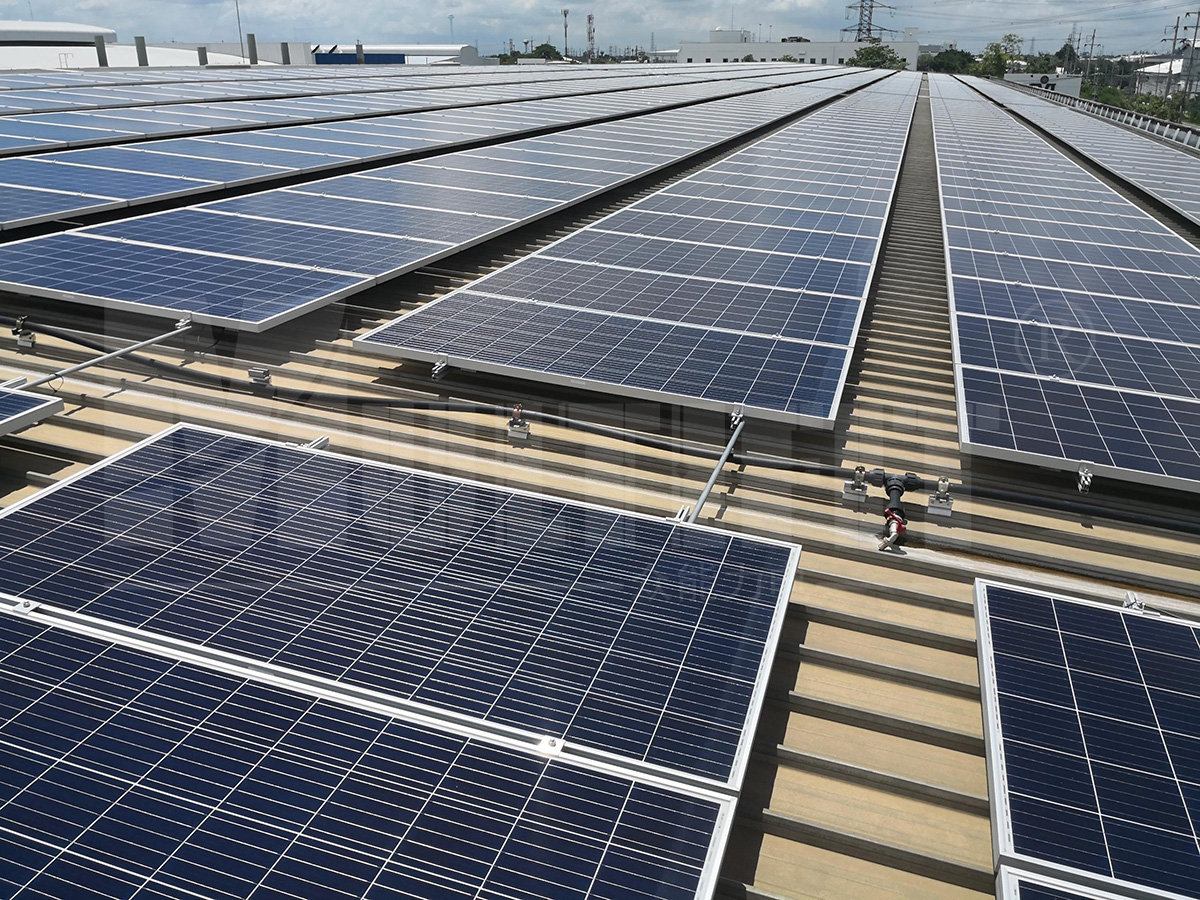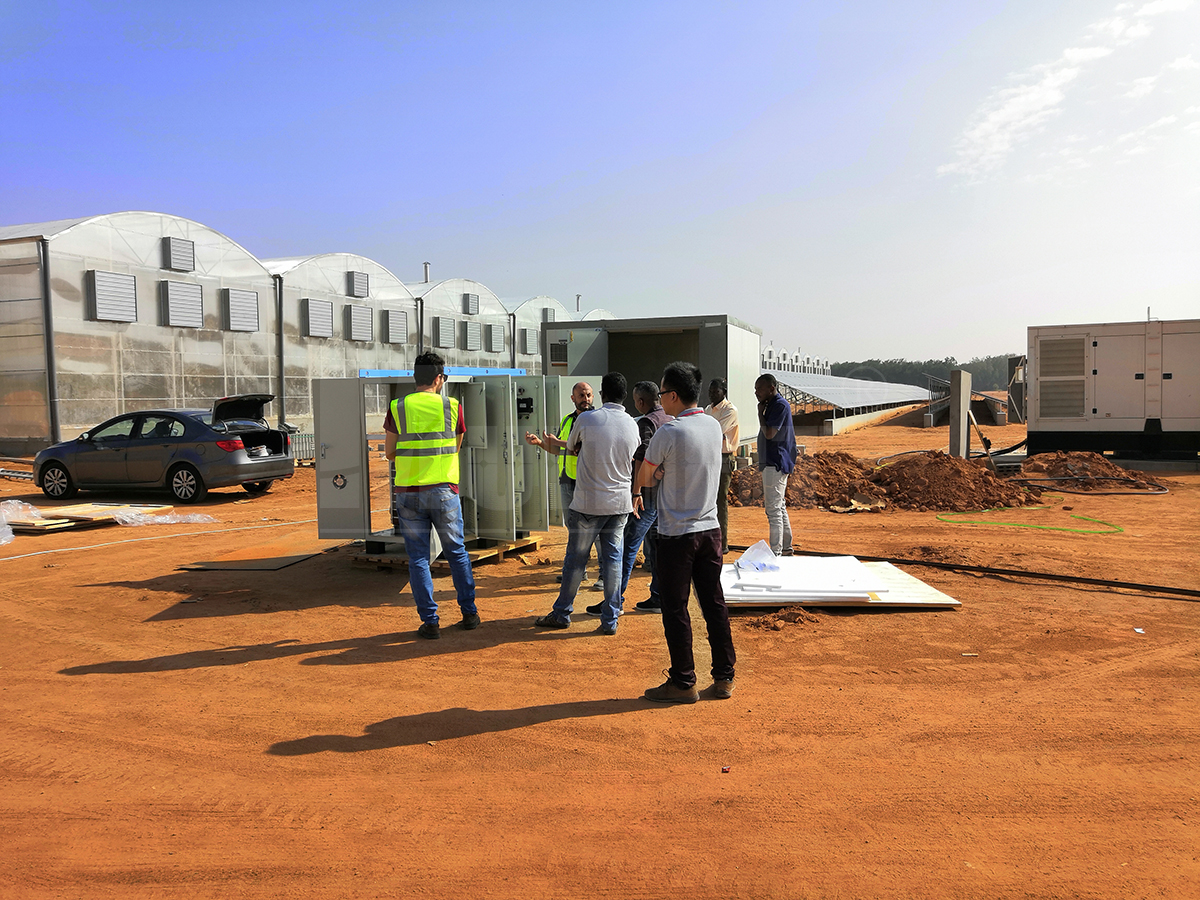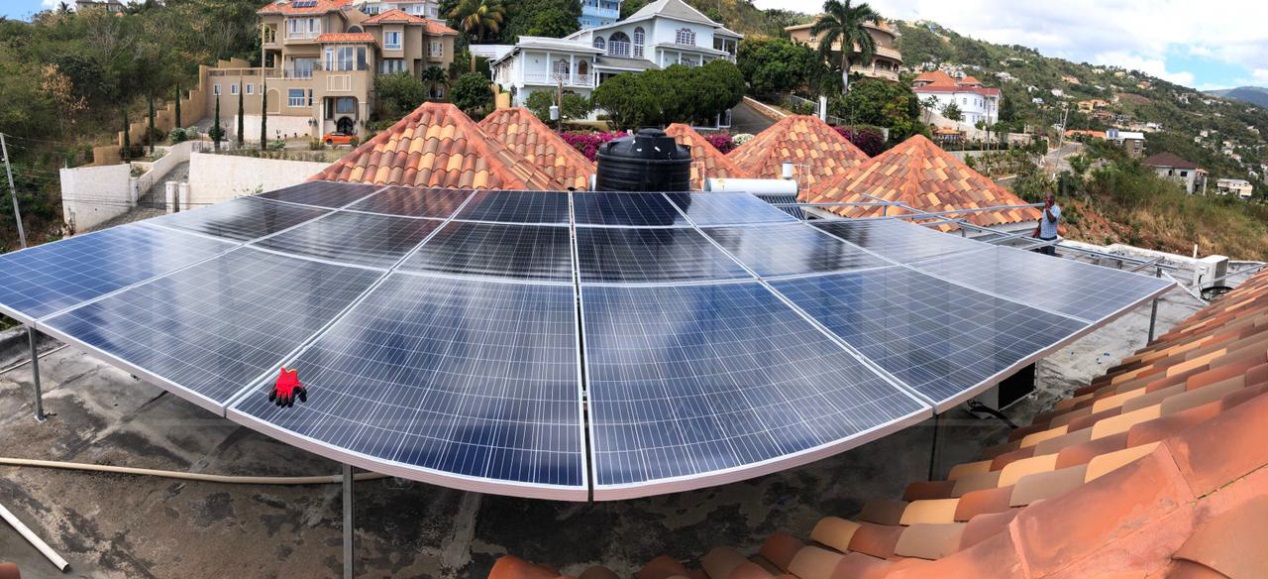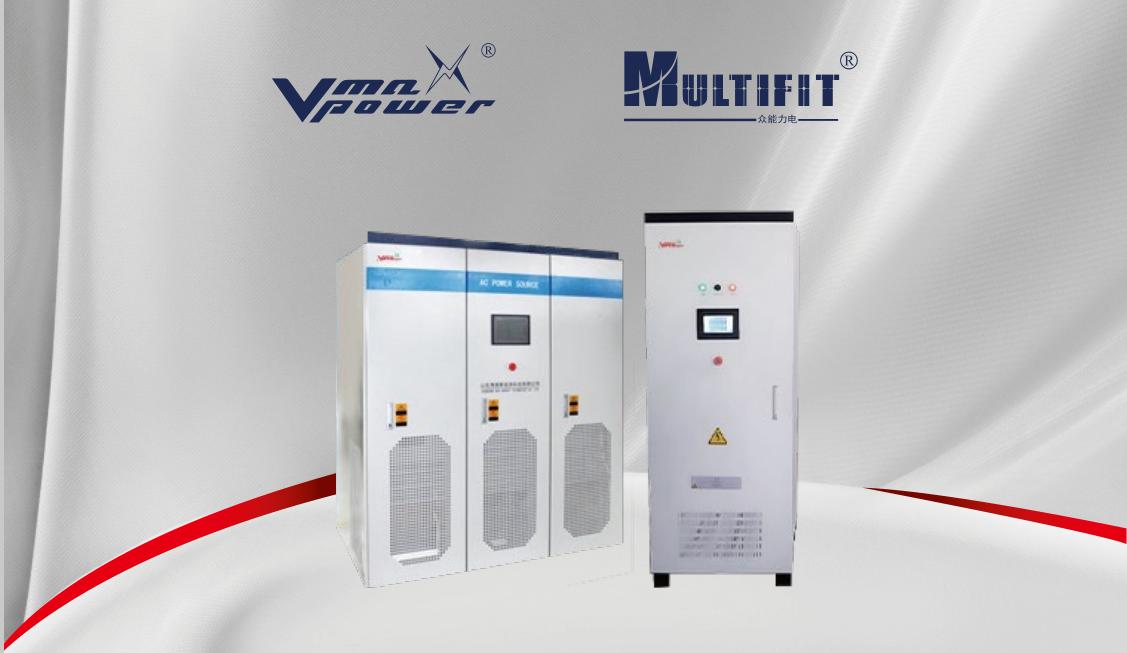In some commercial areas, due to the capacity limitations of transformers, photovoltaic power generation is not allowed to be sold to the grid. In some other places, the on-grid electricity price is very low, but the electricity price is relatively high, and the peak-valley price difference is large. If photovoltaic systems are installed in these areas, it is suitable to use on-grid and off-grid energy storage systems. The most prominent feature of these systems is that they can not only generate electricity connected to the grid but also store energy, and can also operate independently off-grid.
There are mainly four ways for photovoltaic grid-connected and off-grid energy storage systems to make profits: The first is to supply power to the load with photovoltaic power, which can be set to output during peak electricity prices; the second is to charge during off-peak hours and discharge during peak hours, and make money by taking advantage of the price difference between peak and off-peak hours. Thirdly, if it is impossible to sell electricity to the grid, an anti-reverse flow system can be installed. When the photovoltaic power is greater than the load power, the excess electricity can be stored.Fourthly, when the power grid is cut off, the photovoltaic can still continue to generate electricity without waste. The inverter can switch to off-grid working mode, and the system can continue to work as a backup power source. The photovoltaic and the battery can supply power to the load through the inverter.
1. Comparison of Technical Routes for On-Grid and Off-Grid Systems
There are many technical routes for off-grid photovoltaic storage systems, including solar moduls, controllers, inverters, batteries, loads and other equipment. According to the way energy is concentrated, there are currently mainly two topological structures: DCCoupling ”DCCoupling” and AC Coupling ”AC coupling”.
2.What components are there in DC coupling and AC coupling respectively?
Both DC coupling and AC coupling are currently mature solutions, each with its own advantages and disadvantages. According to different application scenarios, the most suitable solution should be selected. The following is a comparison of the two solutions.
01.Cost comparison: DC coupling includes a controller, bidirectional inverter and toggle switch;
Ac coupling includes grid-connected inverters, bidirectional inverters and distribution cabinets. In terms of cost, controllers are cheaper than grid-connected inverters, and switching switches are also cheaper than distribution cabinets. The DC coupling solution can also be made into a control inverter integrated machine, which is more cost-effective.
02.In terms of applicability, compared with the DC coupling system, the controller, battery and inverter are serialized and the connection is relatively tight, but the flexibility is relatively poor.
In an AC-coupled system, the grid-connected inverter, battery and bidirectional converter operate in parallel, with loose connections and relatively good flexibility. In an already installed photovoltaic system, if an energy storage system needs to be added, AC coupling is a better choice. Only a battery and a bidirectional converter need to be installed, which does not affect the original photovoltaic system. Moreover, the design principle of the energy storage system is not directly related to the photovoltaic system and can be determined according to the demand. However, for large systems with a power of over 50kw, AC coupling is more suitable It’s quite good. As long as a battery and a bidirectional converter are installed, it won’t affect the original photovoltaic system. Moreover, the design principle of the energy storage system is not directly related to the photovoltaic system and can be determined according to the demand. However, for large systems with a power of over 50kw, AC coupling is more suitable.
After understanding these, it is easier for us to choose between DC coupling and AC coupling. Meanwhile, the inverter is the crucial part for grid connection and off-grid connection. For AC coupling, our company, Beijing MultifitElectrical Technology Co., LTD., has developed a bidirectional inverter. When you choose an inverter, you can also contact us to equip you with a complete system. This will make your use safer and more stable.
Post time: Sep-23-2025





